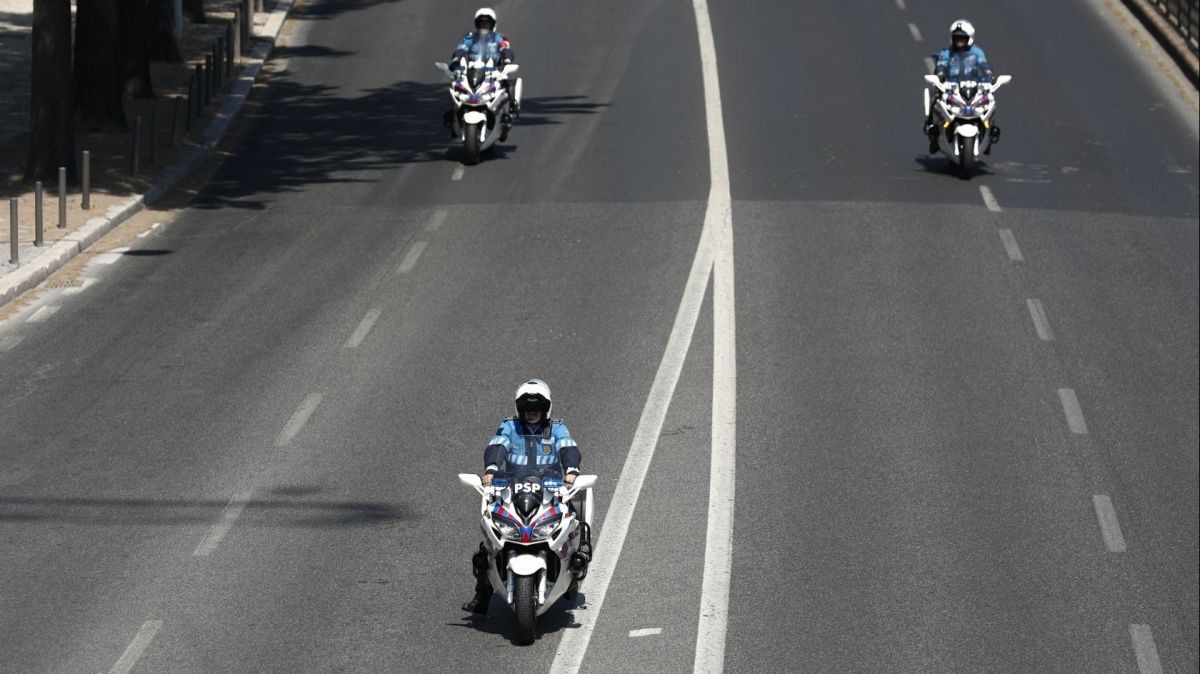With 53 employees, the largest zoo in the North houses more than 700 animals, from 150 different species.
The works will last two years and will begin at the end of the year. The investment will be used to expand the visitable area, that is, to create new habitats for animals in larger spaces adapted to the needs of animal welfare, to have new species, a new restaurant, and to build a leisure space dedicated to families and children.
“The zoo occupies 15 hectares, but it is on a 60-hectare plot of land, so after the expansion, we still have 40 hectares to expand,” the director of the Santo Inácio Zoo explained to ECO. “At the moment we want to expand another five hectares and we will start this expansion at the end of this year”, explains Teresa Guedes.
Regarding the new animal species, the director still cannot say for sure which ones, but guarantees that “they will be species that need conservation support, that is, that are already classified as endangered.” Bears, Congo buffalo, elephants and wolves are some of the hypotheses on the table.
Zoo Santo Inácio had its “best year ever” in 2024 with a total of 258 thousand visitors and a turnover of 4.2 million euros, a growth of 9%. An increase of 13 thousand customers compared to the previous year, equivalent to a growth of 5%. On average, it received 710 visitors per day, mostly from the regions of Porto, Viana do Castelo, Coimbra, and Vila Real. Among international visitors, the Spanish stand out, representing 11% of entries, and the French, with around 3% of visits.
Founded 25 years ago, the Inácio project arose from the passion for Nature of the Guedes family, owners of Aveleda wines, which now holds only a 5% stake. The project was designed by Roberto Guedes after visiting some national and international zoos. The other five brothers approved the idea and the largest zoo in the North was born. In this quarter of a century, the zoo has already received 3.2 million visitors.
However, in 2014, the zoo passed into the hands of the French group Thoiry. Teresa Guedes, Roberto's daughter, says that “it was from that moment on that the Santo Inácio Zoo saw a great expansion, with the lion tunnel, the African savannah, the tigers, the hyenas”. In the manager’s view, this investment “allowed us to increase awareness and the number of visitors”.
The director also notes that Covid-19 has driven the search for this type of experience “due to the need to be in contact with Nature”. Teresa Guedes also notes that “in the past, a child was needed to justify a trip to the zoo, but today that no longer happens and they are visited by elderly and young couples.”
Teresa Guedes lists that the biggest difficulties they face are the climate (rain) and the lack of awareness on the part of the Government in relation to biological parks. “We play a huge role in education and environmental preservation (and I’m talking about all the zoos in Portugal) and we have very little support, we don’t have any notoriety when we have a very strong role in educating society.” The zoo director also notes that “help does not need to be monetary, just publicity, just participation.”











